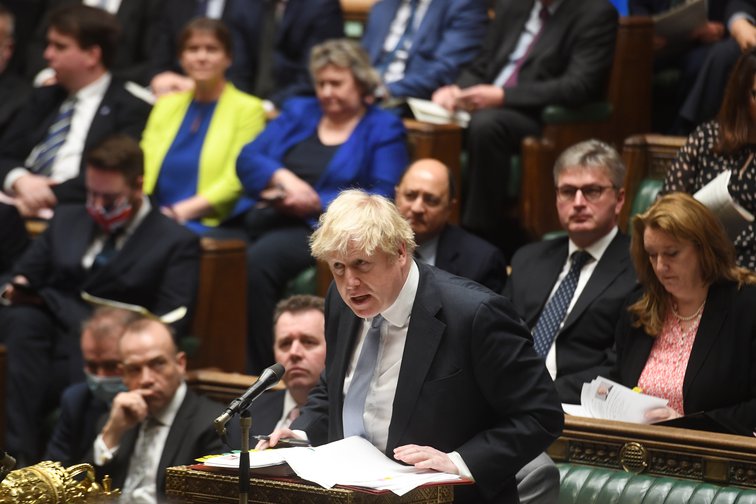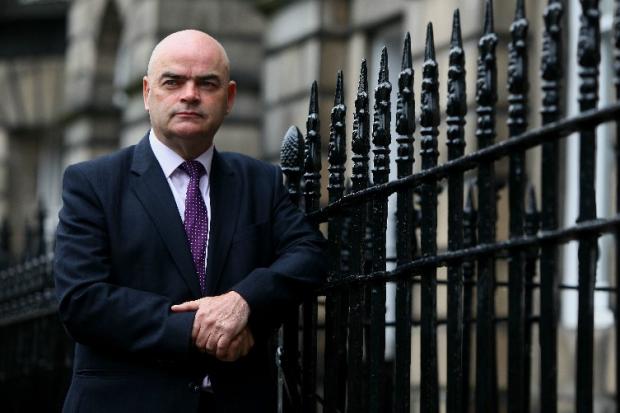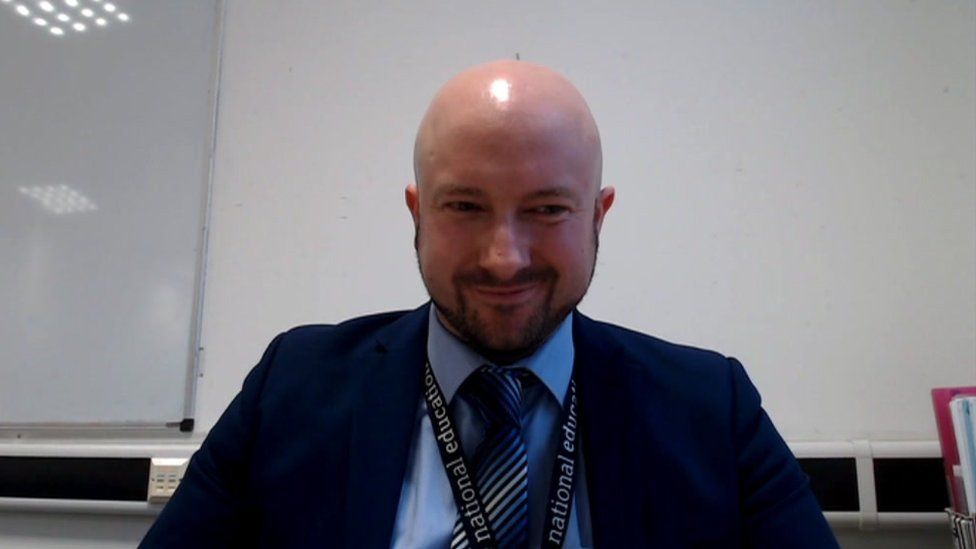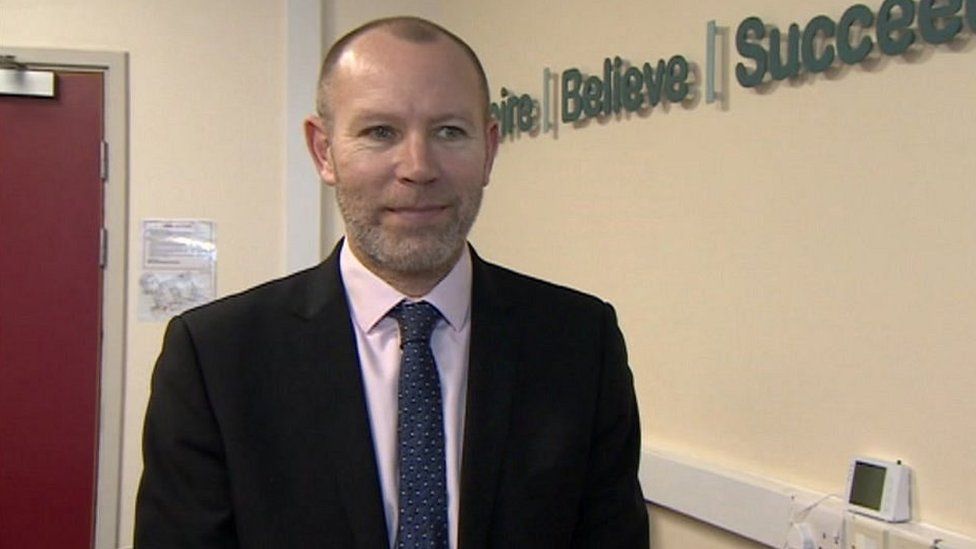The end of a wild pandemic ride: What it was like for Peloton employees who lost their jobs this week
By Sara Ashley O'Brien, CNN Business
February 11, 2022

(CNN) Late Monday night, some Peloton (PTON) staffers noticed they were unable to access work productivity apps like Slack and Okta, which they used regularly on the job. Peloton's employees had been told about a scheduled maintenance window that might cause service outages, according to one employee, but that didn't stop others from bracing for the worst.
"I'm freaking out," another former Peloton employee who worked in the company's product department recalled to CNN Business. He said coworkers frantically texted each other as they speculated about what the morning might bring. Peloton was reporting its earnings Tuesday, and weeks earlier the CEO said the company was reviewing its costs and that layoffs were on the table.
The answer was what he feared. The employee, who like others spoke on condition of anonymity for fear of career repercussions or of jeopardizing their severance packages, said he woke up to a calendar invite on Tuesday for a one-on-one video call with a department leader. He was read what sounded like a script and was informed he was among 2,800 people losing their jobs. The layoffs hit people in departments including engineering, sales and marketing as well as those who physically delivered Peloton products to consumers, according to public posts from those who've lost their jobs.
Workers were offered a severance package that included cash compensation, extended healthcare coverage and equity vesting, along with an unusual consolation: one additional free year of All Access membership to Peloton's subscription services, something workers received as an employee perk. One employee, who described the severance package as "generous," said the membership extension felt a little tone deaf, even if the company intended well. "I don't know when I'll be in a place where I'll enthusiastically get on a Peloton again," she said.
The employee who worked in the product department said his initial reaction was to think it was a joke, but added that he'd still take advantage of the offer.
The sweeping layoffs, and the news that Peloton's founder John Foley would be stepping down as CEO after a decade in charge, capped off months of turmoil at the popular fitness company. Alongside other pandemic bets like Zoom, Peloton had been a Wall Street darling for much of the prior two years. For many of those who lost their jobs this week, the circumstances surrounding the layouts represented a distinctly pandemic end to their time at the company: let go in virtual meetings after struggling to get access to the applications they relied on for remote work.
From boom to bust
As much of the world went through one lockdown after another, Peloton saw unprecedented demand for its connected bikes and treadmills, which pair with a monthly subscription to its virtual workout classes. Peloton's leadership sought ways to meet and capitalize on the heightened demand for its product.
In May 2021, the company said it would commit $400 million towards building the first Peloton factory in the United States as it looked to address lags in deliveries. It also invested in the launch of a private label apparel line announced in September 2021, founded by Foley's wife, Jill. (Foley, who remains involved in the company as executive chair of the board, announced that Jill, who was VP of Apparel, would be among "other senior-level departures across various areas of the business.")
But the company faced other public challenges during the same period. Also in May, the company recalled its treadmills over safety incidents -- after weeks of fighting with federal safety regulators -- and apologized for not complying sooner. In November, the company acknowledged that demand for its hardware had waned. This downturn came as more consumers returned to gyms. By the end of January, Peloton's stock had plummeted down to $25 at one point, its lowest level since the end of March 2020, or the earliest days of the pandemic. At its pandemic-fueled peak in December 2020, the company's stock reached $162 a share.
This week, Peloton's stock jumped on the news of the organizational changes, closing at $37 on Thursday.
In a call with investors Tuesday, Foley acknowledged "missteps," including scaling its operations "too rapidly." He continued: "We own this. I own this, and we are holding ourselves accountable. That starts today." On the same call, CFO Jill Woodworth said Peloton planned to sell "both the building and the land" of the planned factory by the end of the 2023 fiscal year.
In response to questions for this story, a Peloton spokesperson directed CNN Business to recent company blog posts. In the post about the organizational changes, Foley framed the restructuring as "getting back to basics."
In interviews with CNN Business, workers expressed a mix of frustration with management for what they saw as a failure to anticipate and appropriately navigate an inevitable downturn in demand as the pandemic eased, as well as some relief that the hammer had finally fallen after months of uncertainty.
One employee who worked on the field operations team doing deliveries and product setup in peoples' homes told CNN Business that he personally saw the slowed demand. While he was initially putting in 40 to 60 hours per week in late 2020 and early 2021, he said his hours noticeably scaled back to 10 to 20 hours per week just a few months later.
"You've gotta think: There's only so many people. There's only so many Pelotons that Long Island will be able to get," he said, noting that was his delivery zone. "At one point, something is going to happen. I didn't know how quickly it was going to happen."
Perhaps more than anything, employees felt a sense of whiplash at the rapid rise and fall. The workers CNN Business spoke with had each joined the company during the pandemic, when the company was at its peak.
"They were cranking out development of new stuff, hiring like crazy, paying well ... all the things you look for in a company," said the employee who panicked the night before. He said his job offer at Peloton was more competitive than what some FAANG companies had dangled before him in interviews.
Finding a new community -- on LinkedIn
In the hours after layoffs, many impacted employees posted on LinkedIn about losing their jobs. Individual posts were quickly met with an outpouring of admiration and support from Peloton coworkers, among others. One post by former associate brand manager Colin Burke went seemingly viral with more than 14,000 Likes. Burke acknowledged the tremendous response in a followup.
"Me again," Burke wrote. "Not to be all "wow, this blew up" but... wow! ... By Tuesday evening, the shock of getting laid off evolved into the shock of seeing so much support. I had hundreds of messages from friends, family, and, in many cases, complete strangers mobilizing to offer whatever help they could."
A few grassroots spreadsheets also popped up to circulate the names of workers now looking for jobs. Peloton said it was partnering with outplacement services company RiseSmart on providing career help, including creating an official, opt-in talent directory for former staffers to help connect them to other employers. Meanwhile, recruiters and managers at companies like Amazon, Microsoft, Coinbase and Meta all jumped at the chance to tout job opportunities on LinkedIn for affected Peloton staffers.
While many of those laid off quickly lost access to any remaining company apps and services, some reportedly found a way to tune into Peloton's town hall on Wednesday hosted where Foley and incoming CEO Barry McCarthy addressed staffers. According to CNBC, some current and former employees blasted angry comments through the meeting's chat feature. (A company spokesperson declined to comment on the meeting.)
Former employees told CNN Business that prior to the layoffs, the company had announced a shift in its all-hands meeting protocol to secure sign-ins through a work device so they were unsure how former employees would've had access.
Regardless, as the third former employee told CNN Business, "I'm very glad to not be there. I think trust is fractured."

















